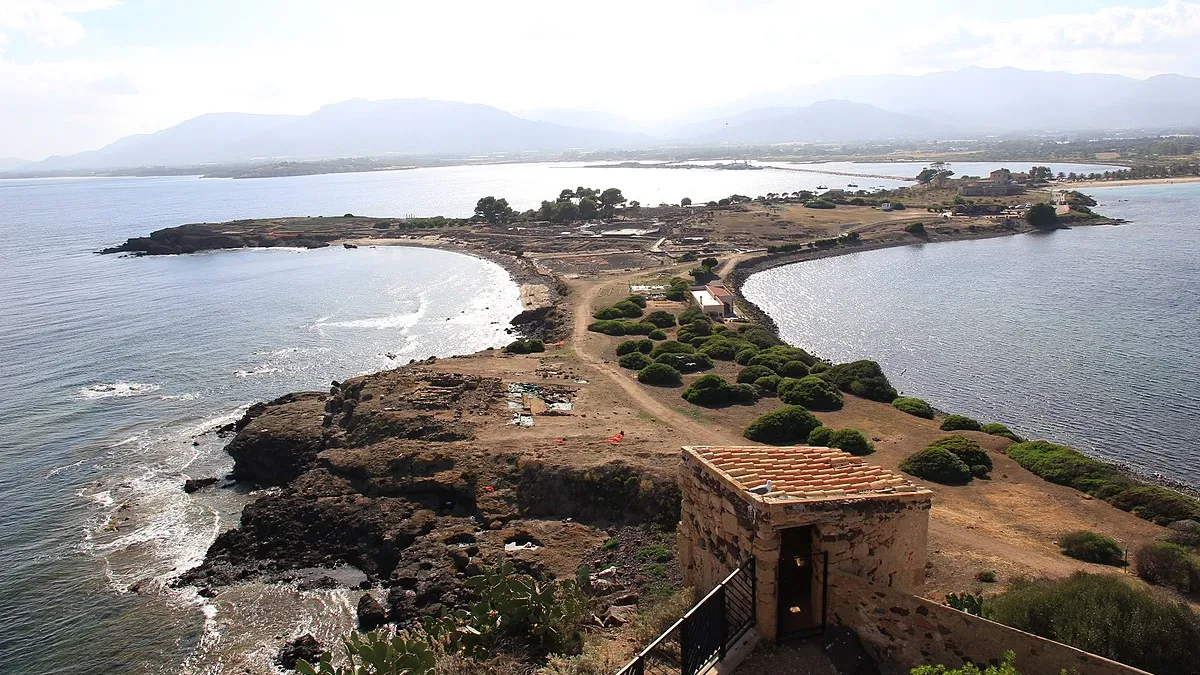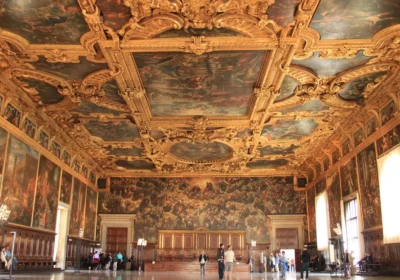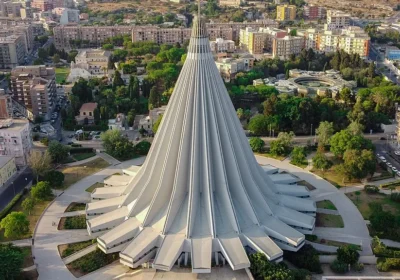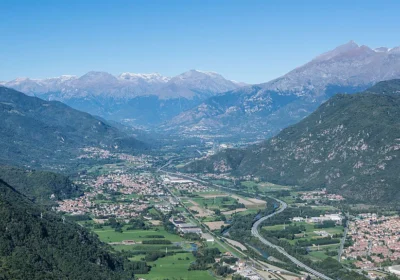Nora city tour (for archaeology lovers).
The city of Nora is located 30 km from Cagliari, near the village of Pula. Founded by the Phoenicians in the 2nd century BC, there were also early Christian martyrs here. But the palm of primacy in the foundation of Nora belongs still to Phoenicia – the legionaries did not do anything good for the city, but, on the contrary, drove the settlers, its inhabitants, into the interior of the island. Perhaps the most remarkable find at Nora is a stele on which the name of Sardinia is written in Phoenician.
Nora played an important role during the Punic Wars.
The first city of Sardinia, Nora, is now partly on land and mostly underwater. It is thanks to it that archaeologists have been able to reconstruct the entire history of the island.
In the era of Roman domination it became a rich trading city with a developed infrastructure. To this day, Nora still retains traces of the civilisation of ancient Rome, which makes the city attractive to tourists with a passion for history and archaeology. The ruins of the city were first discovered in 1950, after a strong storm exposed the stonework. The excavations of Nora revealed the ruins of a Roman forum, thermae, theatre, houses of noble citizens with beautiful brightly coloured floor mosaics, as well as numerous temples and the sanctuary of Aesculapus.
Beyond the remains of the city are the Spanish tower of Coltelazzo and the small church of San Efizio of the 11th century, dedicated to the patron saint of Cagliari.
The archaeological complex of Nora is located on a small peninsula. Among the ruins you can distinguish ancient houses, streets and thermae. A small theatre still hosts performances in the summer. Nora was the first Carthaginian settlement in Sardinia. Founded around 1000 B.C., it was a trading centre with three harbours and surpassed in importance even the ancient Carali (today’s Cagliari).
Dolmens, necropolises, menhirs, tombs of Giants, sacred springs, a thermal spa of the Romans (1st century A.D.) – all this is the archaeological open-air museum of Sardinia.
You will visit the Tombs of the Giants (prehistoric burials dating back to 1600 BC) and you will find out who these giants are on the island of low people, or the necropolises, also called “houses of the Fairies” (3000 BC).
We will also visit the famous and unique buildings of Nurage (2200-1800 BC), where you can finally find out what they are – towers, fortresses or cities? We will visit an ancient Roman spa with thermal springs, built at the beginning of the first century AD and still used by the local population.
Monument visits vary depending on the location of the hotel.

















